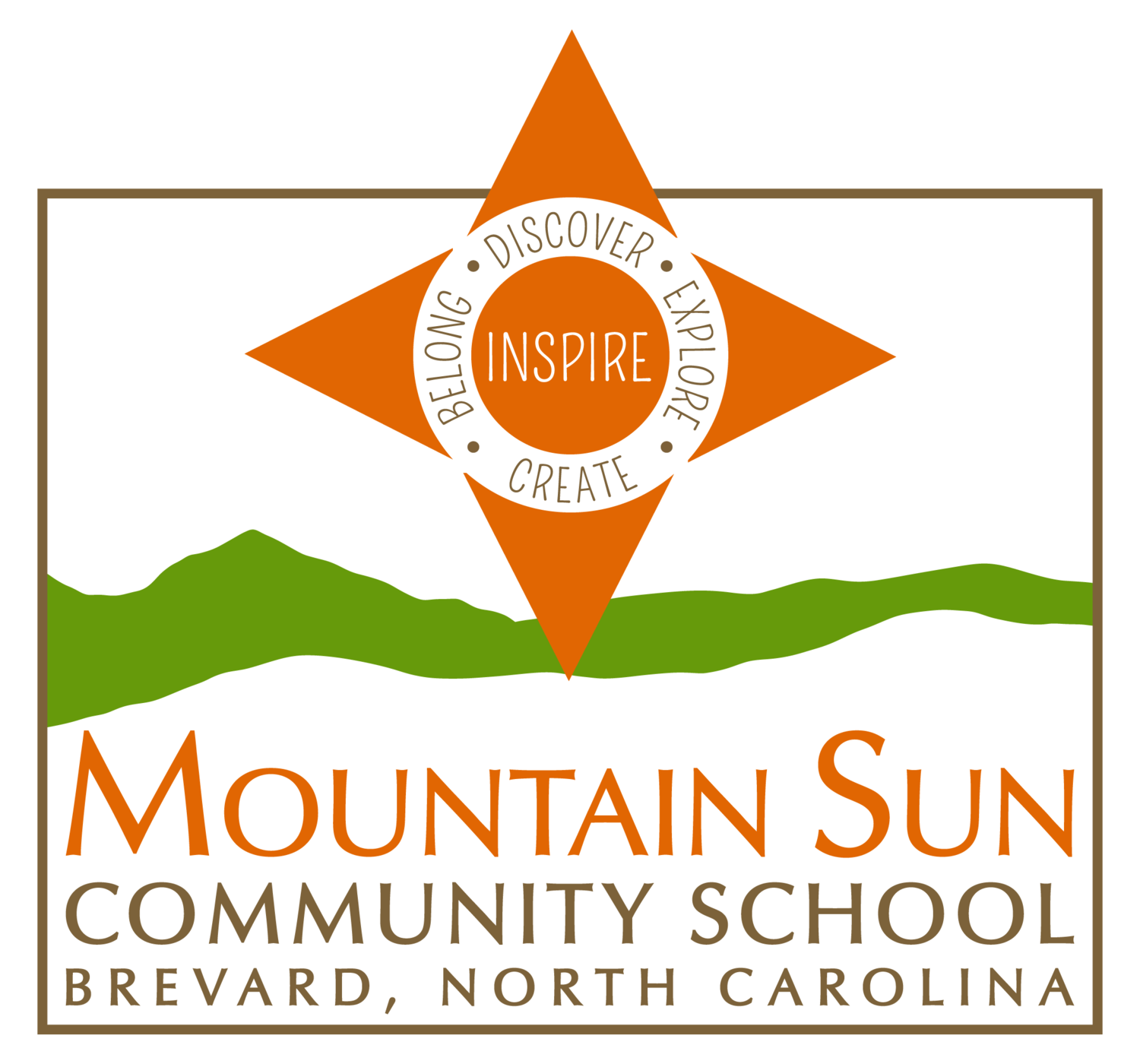Planting Seeds
After winter break, the children and teachers are all excited to be back at school, in our space, and re-connecting. The children are wearing smiles, greeting one another, and offering hugs. There are exciting stories about what happened during the break as well as remembering shared activities. The teachers are treasuring these moments and share in the joy of the children reuniting.
A few days of settling back into the routine and rhythm of the school day is helpful too. Gentle reminders are given to the children on how to roll a rug, how to try the materials appropriately, how the materials are intended to be used. Are we using our soft inside voice while in the classroom? Are we using our outside voice in the classroom? How do we come to Gathering Time and participate as a community? Have we turned off our conversations and turned on our listening ears? What is our Grace and Courtesy? Are we raising our hand? Are we saying please and thank you? Are we remembering our kind words, kind hands, and kind bodies?
After the children have had these few days to connect and settle, new lessons and materials are shared and the momentum picks up to guide us through the end of the school year. Often times these new lessons and materials are connected to a bigger theme that is shared in all of the classrooms. Part of the thought behind these process is to plant seeds. The seeds that are planted hopefully lead to curiosity, wonder, excitement, and pondering.The Owl Class is studying the human skeletal system. There are lots of fun words such as phalanges, humerus, tibia, ulna, and on and on. There is a small version of the human skeleton for the children to see what those bones look like in their own bodies. All of these words and visual objects are intended to help plant those seeds so that as the children continue on their educational journey when they revisit some of these concepts, they find that there is a seed of knowledge already laying there to be rediscovered.
Best of all, the children’s imaginations may be sparked and that can lead to lots of other magical journeys within them and with their friends. Questions are asked that clearly demonstrate the internal thoughts and listening to conversations amongst the children demonstrate how they are learning together. As the Kindergartners expressed, “Do you know what we would look like if we didn’t have a skeleton.” Then they attempted to make their bodies look as though they indeed did not have a skeleton. It invites a little laughter and fun, and goodness, learning should include those!
Planting seeds of ideas. Not for testing but perhaps just to inspire, to ignite the imagination, and to appreciate the magic of all, our bodies, the plants, and animals…our world.
Written by Tina Leonard


